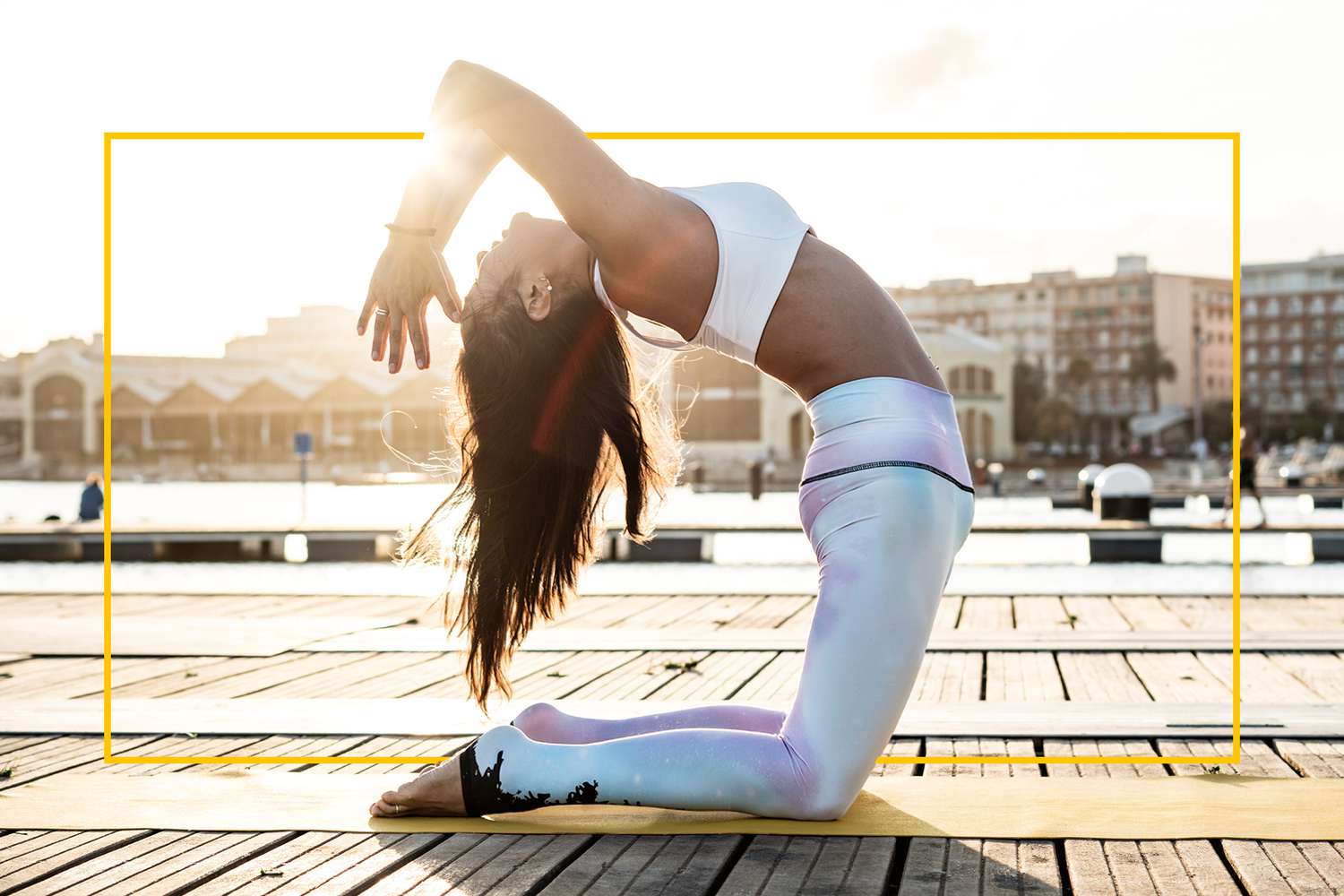Yoga Exercises Are Good For Stress Relief
Most people tend to hold in patterns of tension arising from everyday cares and worries, bad posture or lack of exercise. These patterns make you feel stiff and unbending, and directly interfere with your movements. Inflexibility within your body can in turn affect mental flexibility, and you can become stuck in thought as well as in action.
Regular stretches not only free the body, allowing you to move easily, but can also help you to think and act in a less restricted way.
By stretching your muscles, tendons and ligaments, you can make them stronger. The lengthening actions will help you to stand and walk taller and more gracefully.
Your joints will work better as they will be able to operate through their full range of movement, and the muscles will work more efficiently due to the extra blood supply they’ll be receiving.
Chronic tension and contraction of the body impairs blood flow, and stretching improves this, giving added vigor and vitality.
Real Benefits of Yoga Exercises and Positions
Stretching is not a new idea: for centuries it has formed an essential part of the physical exercises that are one aspect of yoga. These Awakening exercises, including breathing techniques and meditation, have also become highly popular in the West in recent decades. There are yoga classes almost everywhere, and the best way to learn about these practices is from a trained, supportive teacher.
One of the particular benefits of yoga stretches derives from the slow-motion movements, together with the holding, of the postures, or “asana”. These do not tax the heart, but help to relieve tension and strain, and conserve energy. Never overdo a movement, or strain to stretch – you should enjoy it. Practiced regularly, the yoga stretches will improve not just your flexibility, but the overall functioning of your whole system.
You will find that yoga stretches and exercises demand a certain quality of mental concentration, to help steady the body and focus the mind. To help you engage your mind, concentrate on the rhythm of the movement plus the harmony of your breathing. Other techniques can also be adopted, such as working with your eyes closed or counting the length of your breath. As you become more proficient, try these methods to increase the benefit of the exercises.

